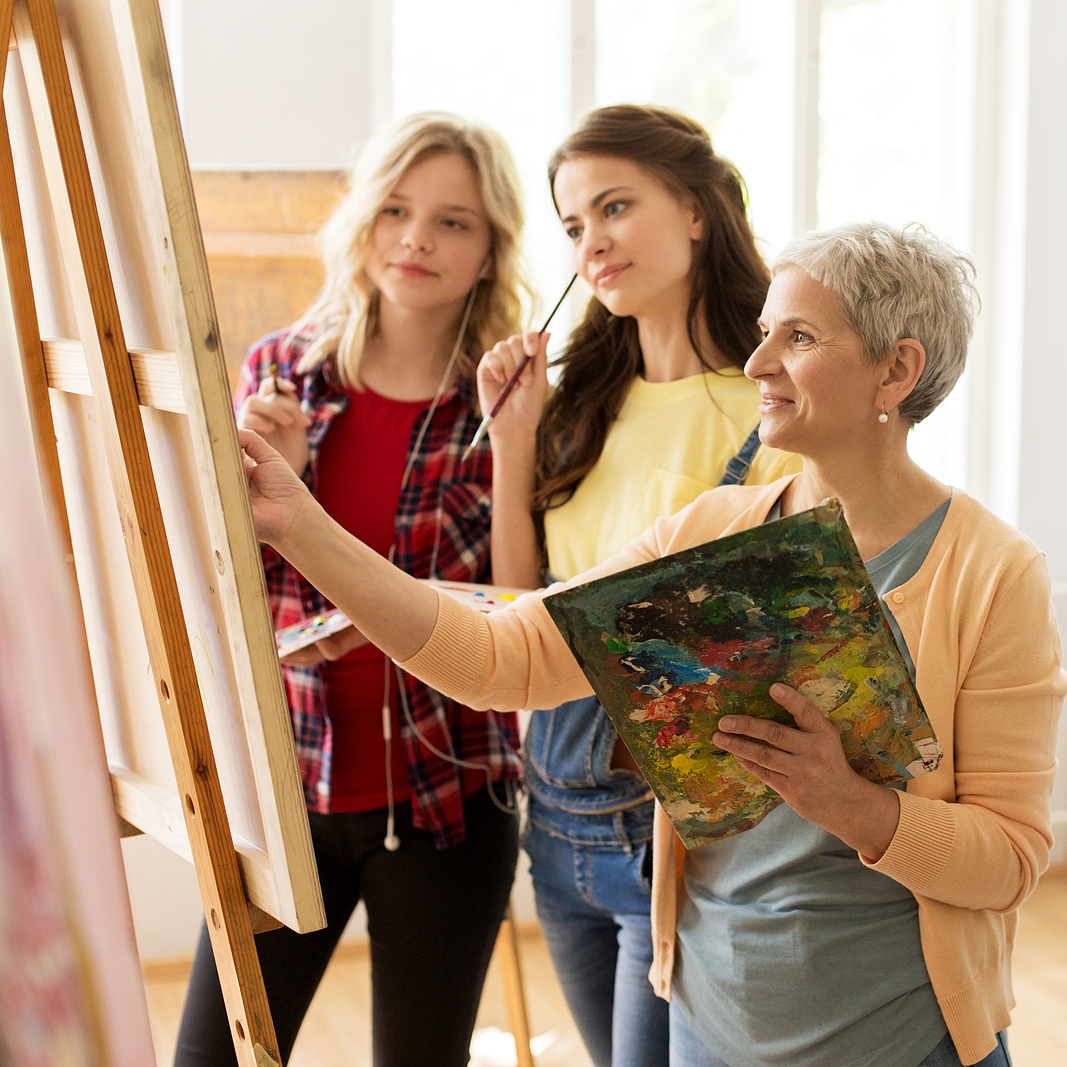Introduction
Art plays a fundamental role in student education. It makes a meaningful contribution to their overall advancement. Adding art to the program improves imagination, critical thinking, and emotional display. This provides a versatile educational experience. This article investigates the effect of art education, underscoring its weight on student development.
Art's Educational Role
Art's educational role exceeds the production of visually pleasing works. It comprises a wide range of skills and learning consequences that are vital for students' comprehensive growth.
Historical Context
Historically, art has been a primary part of education. The ancient Greek philosopher Plato underlined the significance of arts in education, assuming it enriched the spirit and cultivated vital qualities. This viewpoint has survived, affecting modern educational practices globally.
Student Learning and Art
Integrating art into student learning fosters a variety of cognitive and emotional skills.
Cognitive Development
Art education provokes cognitive development. It advocates creative imagination and problem-solving abilities. According to a National Endowment for the Arts survey, students who are involved in the arts outdo their peers in the realm academically. They also obtain higher scores on tests than their peers who are not into the arts.
Emotional Expression
Art enables students to study and share their feelings. The well-known artist Pablo Picasso reportedly observed, "Art washes away from the soul the dust of everyday life," accenting the therapeutic favors of artistic pursuits.
Critical Thinking
Art education facilitates critical thinking by asking students to explain and inspect different forms of art. This skill is applicable to other academic disciplines, embellishing overall scholarly performance.
Impact of Art Education
The impact of art education on students is profound, influencing various aspects of their academic and personal lives. Research conducted by a reaction paper writing service by EssayLTD.com has highlighted that exposure to art enhances students' cognitive abilities and emotional development, underscoring the importance of integrating arts into educational curricula. Additionally, initiatives such as incorporating art education can empower students to explore their creativity and critical thinking skills, paving the way for holistic growth and achievement.
Academic Achievement
Studies evidence that arts education programs enhance grades and graduation rates. For instance, the Arts Education Partnership found that arts students are four times more likely to be acknowledged for academic accomplishment.
Social Skills
Art education helps students improve essential social abilities such as cooperation, communication, and compassion. Working on group art projects promotes teamwork and encourages students to value different views.
Personal Growth
Art plays an important role in personal development by raising dignity and confidence. Creating art permits students to voice their individuality and grow a sense of achievement.
Art in Student Development
The role of art in student growth is multifarious, applying to diverse areas of their development and learning.
Creativity and Innovation
Art sparks imagination and innovation, skills that are highly cherished by 21st-century employers. Companies like Google and Apple highlight creative thinking and problem-solving abilities in their staff, indicating the significance of these aptitudes in a professional context.
Cultural Awareness
Art education acquaints students with various cultures and historical environments, raising cultural consciousness and gratitude. This comprehension encourages inclusiveness and widens students' views on worldwide issues.
Emotional Intelligence
Engaging in artistic activities improves emotional knowledge, helping learners acknowledge and control their emotions efficiently. This skill is essential for personal and professional triumph.
Educational Benefits of Art
The educational benefits of art are extensive, contributing to a well-rounded and enriched learning experience.
Enhanced Learning Environment
Weaving art into the educational program creates delightful and exciting learning conditions. Schools like the High School of Art and Design in New York City stress the weight of art in their school curricula, supplying apprentices with an ingenious and exciting aura.
Lifelong Learning
Art education instills a love for lifelong learning by encouraging curiosity and exploration. Students who engage in the arts are more likely to continue pursuing creative activities throughout their lives.
Mental Health
Art has therapeutic benefits, promoting mental health and well-being. Activities like drawing, painting, and sculpting can reduce stress and anxiety, providing a healthy outlet for emotions.
Case Studies and Examples
STEAM Education
The integration of art into STEM (Science, Technology, Engineering, Mathematics) education, known as STEAM, highlights the importance of creativity in these fields. Schools adopting STEAM programs report increased student engagement and improved problem-solving skills.
Famous Advocates
Prominent figures such as Sir Ken Robinson have campaigned for the incorporation of arts in education. Robinson's TED Talk, "Do Schools Kill Creativity?" stresses the necessity for a more even syllabus that values creative and creative matters.
Statistical Insights
- According to the National Center for Education Statistics, schools with arts programs have a 20% higher graduation rate compared to those without.
- The Americans for the Arts reports that scholars who are engaged in arts courses are five times more likely to be acknowledged for intellectual achievement.
Challenges and Future Directions
Funding and Resources
One of the most serious issues in art education is a lack of financing and resources. Schools sometimes give priority to basic subjects such as math and science, causing lower funding for artistic programs.
Advocacy and Awareness
Raising consciousness of the advantages of art education is necessary to guarantee its continued consolidation into the school course of study. Encouragement activities by institutions such as the National Art Education Association are decisive in supporting the worth of the arts in school.
Technological Integration
Integrating technology with art education can enhance learning experiences. Digital tools and platforms can provide new opportunities for creative expression and collaboration.
Conclusion
Art plays an important function in student education. It has several benefits that extend beyond the school room. Art education gains students' overall development by encouraging creativity, critical approach, and emotional expression. As we persist in pushing for the inclusion of arts in education, we must acknowledge and support the significant endowments that art brings to student education and advancement. The educational benefits of art are obvious, and guaranteeing that all students receive high-quality art education will improve their study and personal lives.
